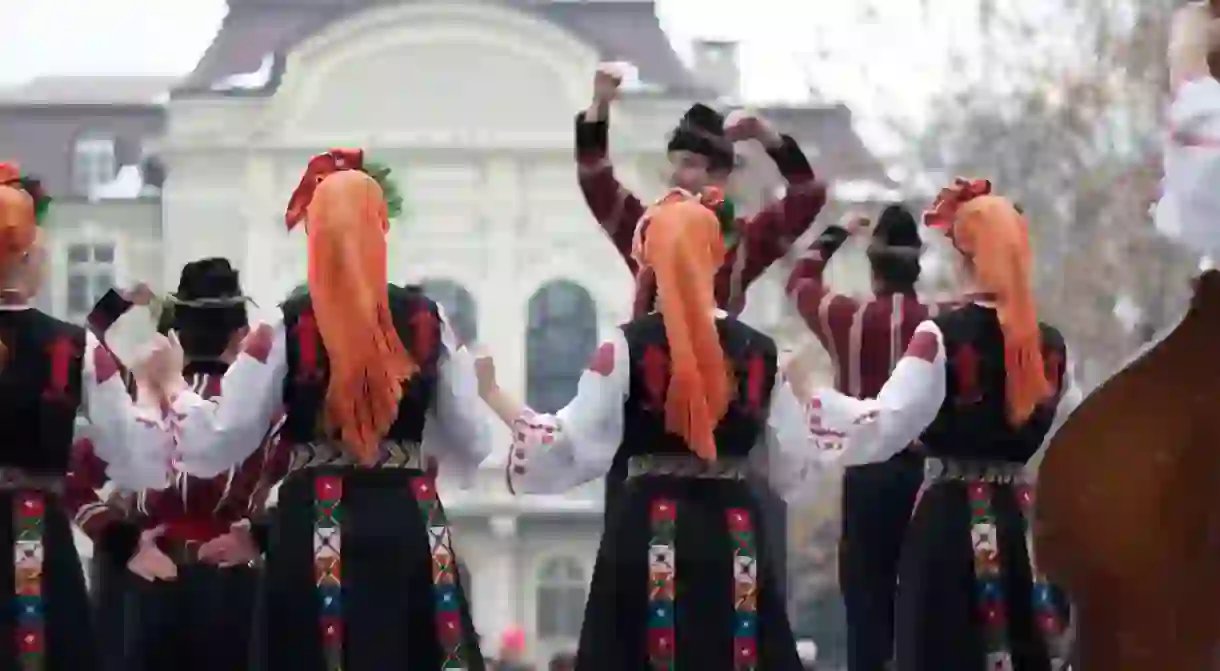Interesting Folk Festivals and Traditions Unique to Bulgaria

Bulgarians try to be as modern as other Europeans but they eagerly keep their traditions and incorporate them into their lives. If you want to explore a truly unique part of Bulgaria, take part in some of the festivals and traditions taking place throughout the year.
Nestinari

Kukeri
Bulgarians have a bizarre winter tradition of dressing up like monsters and being very noisy to make sure all the evil spirits are scared away. The monsters are called kukeri and you can watch their dances and special performances around the country from January 1 until mid-March (dates vary every year).

Icy water swimming
January 6 is usually a cold, frosty day but that doesn’t stop dozens of Bulgarians jumping into icy river water every year. The reason is the Orthodox Christian celebration of the day of St John the Baptist. As the tradition goes, the local priest throws a crucifix in the river and men race to get it out. The first to find it will be lucky and healthy all year long, they say.

Zheravna Festival

Gela Bagpipe Festival
Enyovden
Enyovden is celebrated on June 24 and it’s dedicated to St John. The night before June 24, according to local legends, is the time when witches and magicians go out to gather herbs for their spells. It is believed that all medicinal herbs have 10 times more healing power than usually and young women are supposed to collect 77 herb species before sunrise in order to keep their families and houses healthy and wealthy during the year.

Trifon Zarezan
February 14 may be a day of love around the world but in Bulgaria it is known as Trifon Zarezan or the day of the winemakers. As St Trifon is said to protect everyone who takes part in the wine production, on this day Bulgarians pay homage to him by taking care of their vineyards and drinking a lot of wine.

Baba Marta
Baba Marta on March 1 is the day when spring starts to overcome and the winter starts losing its power. Bulgarians celebrate it by tying red and white threads around their wrists or pinning them to their coats. This Martenitsa should remain on your hand until you see a stork – a tell-tale sign spring is here.














